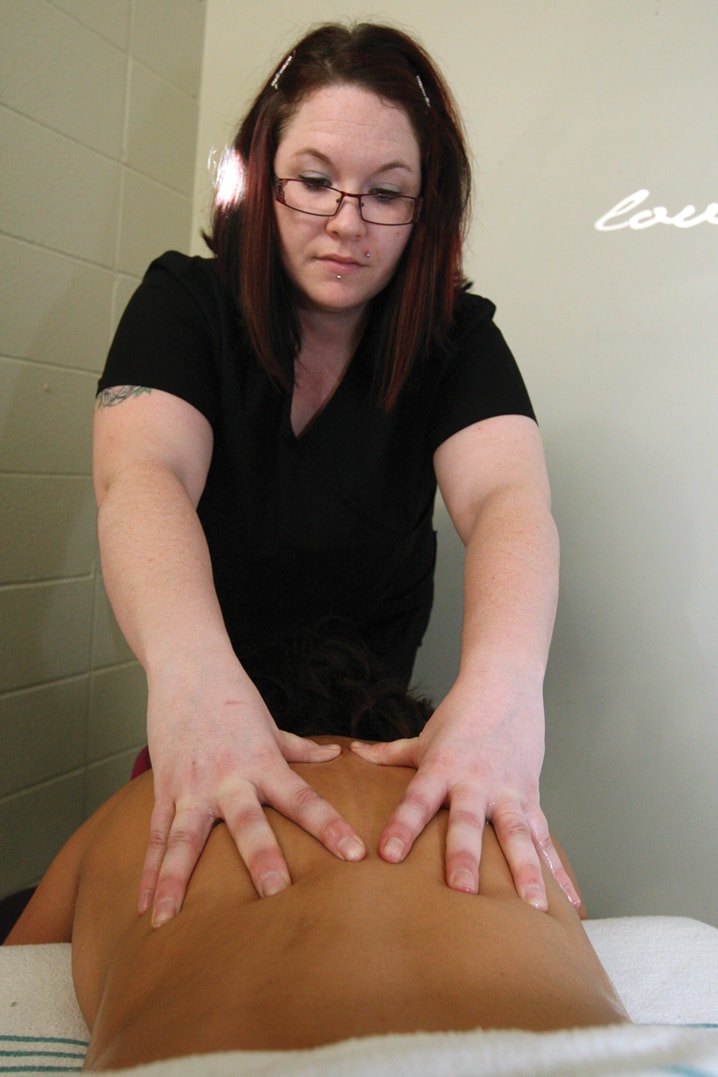Achy Central Albertans may not be able to see their massage therapist of choice because of changing insurance standards.
Some of the biggest insurance companies are moving towards policies requiring massage therapists have 2,200 hours of formal training or pass an equivalent competency exam before insurance claims will be covered. That means some clients may find their insurance claims for treatment rejected.
The Natural Health Practitioners of Canada (NHPC), which represents most of the province’s massage therapists, is particularly upset with how one insurer is going about making the changes.
Eric Morin, a spokesperson for the Natural Health Practitioners of Canada (NHPC), says while many major insurers have been giving the industry time to adopt to the new standards, Manulife Insurance has set Oct. 1 as the deadline for the new standard.
Other insurers have provided more time, he said.
For instance, Alberta Blue Cross has given the association until May 1, 2013. Sun Life Financial is still accepting claims but will switch over to the new standard when the exam becomes available.
Earlier this year, insurers said they wanted some kind of examination to evaluate against the 2,200-hour standard. That is now being developed by the NHPC and will be ready soon.
There has been talk of allowing exemptions for experienced massage therapists but insurers have not defined who would qualify, he said.
The impending adoption of the new standard means those who have recently graduated from 2,200-hour programs are considered more qualified than someone with a decade’s experience, he said.
“It’s absurd. That’s the only way to put it.”
Morin said they are not opposed to providing an examination. “But we are saying there should be some kind of grandfathering.
Manulife did not return messages for comment.
Red Deer massage therapist Brenda Grosenick said when requirements change in many professions, those already practising are grandfathered in, a recognition that they have shown their competency already.
“That’s pretty standard and for some reason that hasn’t been happening,” said Grosenick, who supports a 2,200-hour standard, which would be consistent with other provinces.
Grosenick, of Edwards and Holloway Health and Wellness Centre, doesn’t see why a therapist who was acceptable to insurers previously should arbitrarily no longer be considered acceptable.
Massage therapist Amber Squires supports the goal of ensuring practitioners have the two years of training to get to 2,200 hours, but believes Manulife is rushing things.
Manulife’s Oct. 1 deadline doesn’t give people much time to study or save the money for the test, which runs in the hundreds of dollars.
“I think the idea of it is a good thing but I think they are kind of hurting some people in the interim because they are rushing it so much.”
But there is much value to bringing in the 2,200-hour standard, she said.
The second year of the program is when therapists specialize in clinical assessment and corrections or other specialities.
“It’s kind of like the difference between going to your doctor or getting sent to a specialist for your special injury.”
The Massage Therapist Association of Alberta and other associations representing massage therapists have also been working with the province over the last few years to have massage therapy regulated under the Health Professions Act using the 2,200-hour standard. That has not happened yet.
pcowley@www.reddeeradvocate.com
